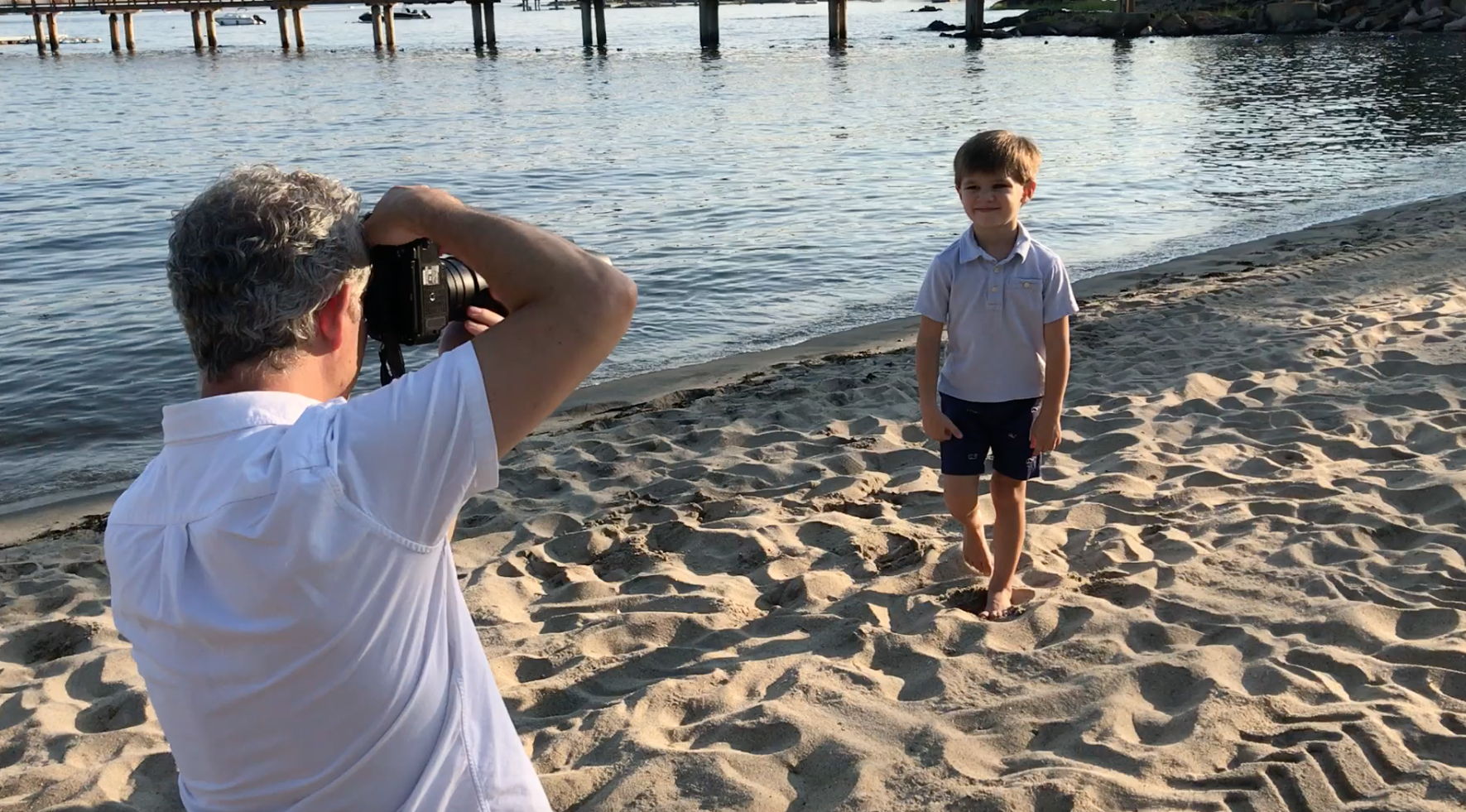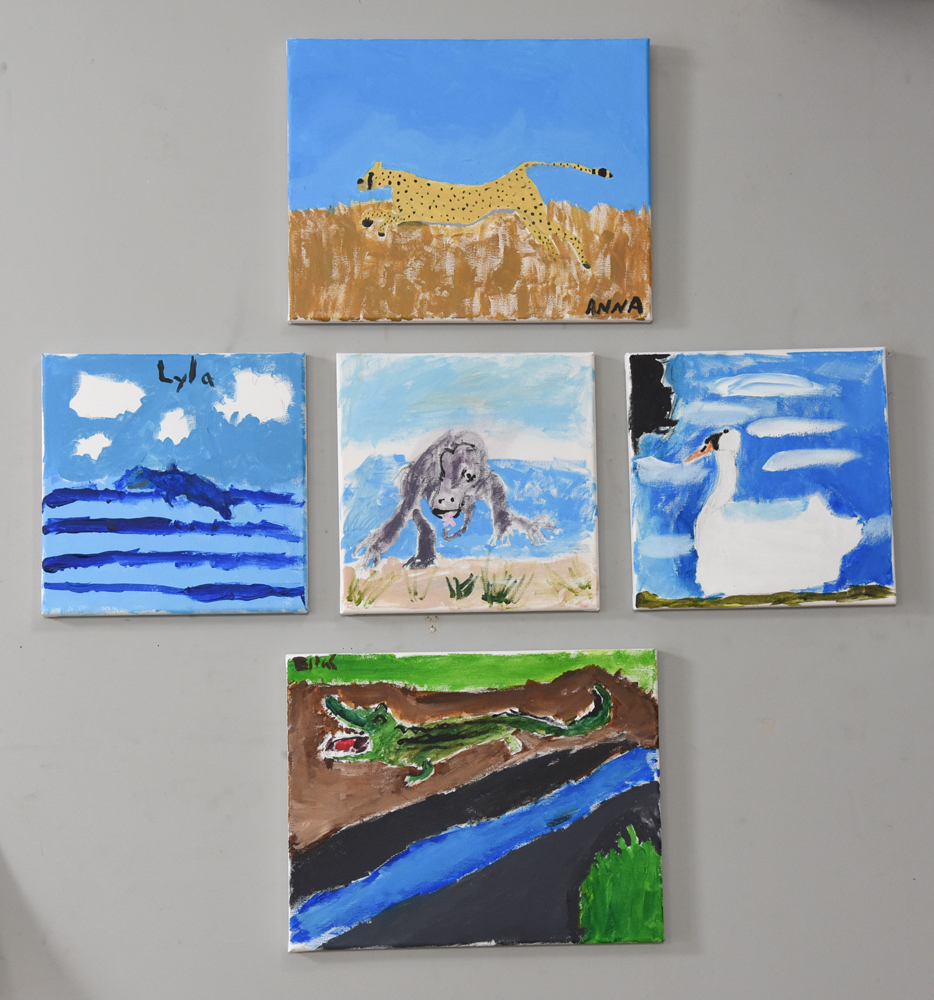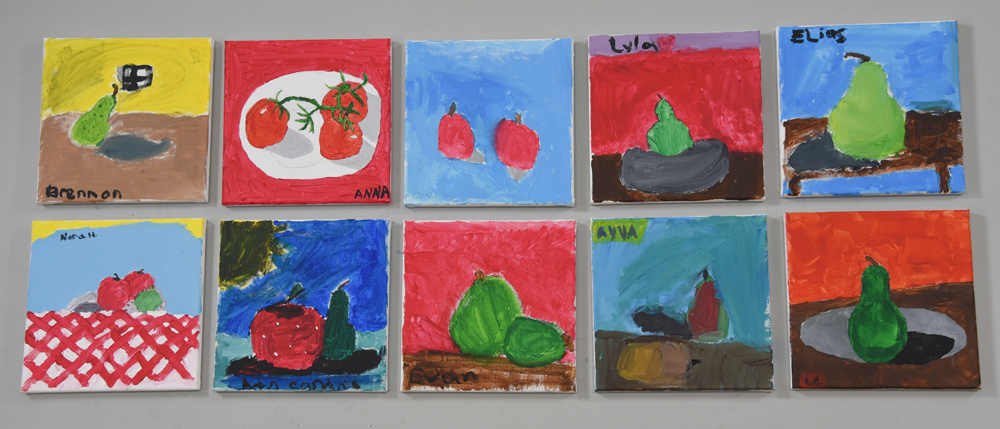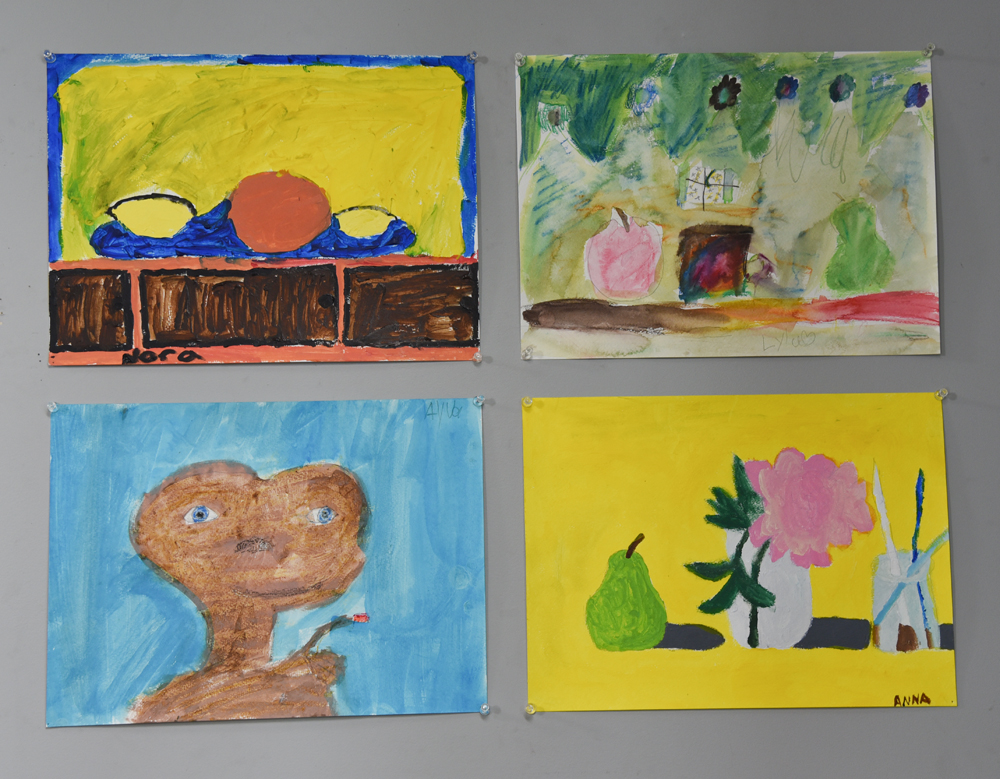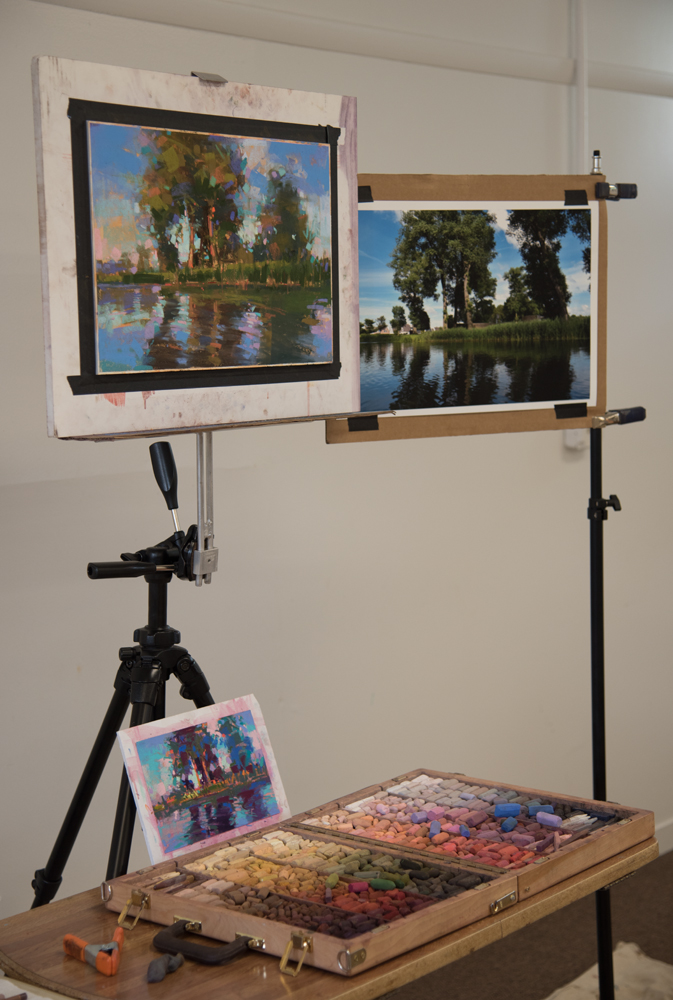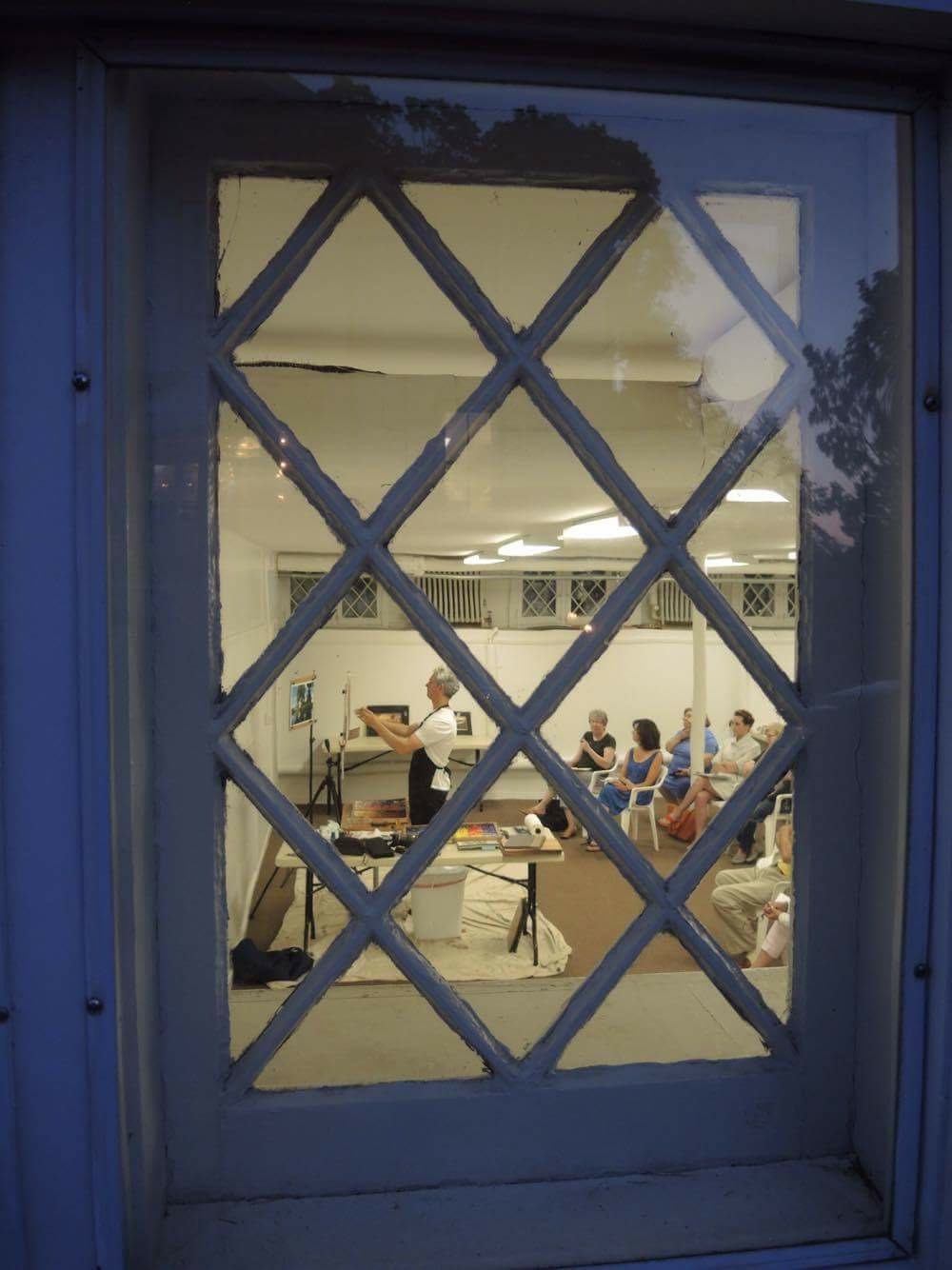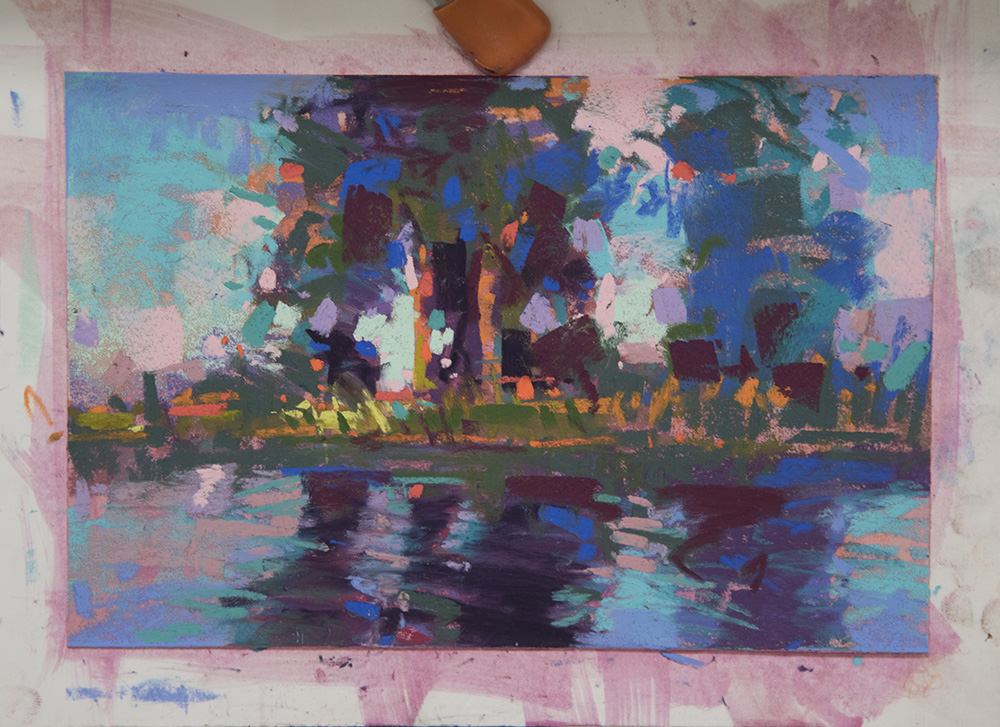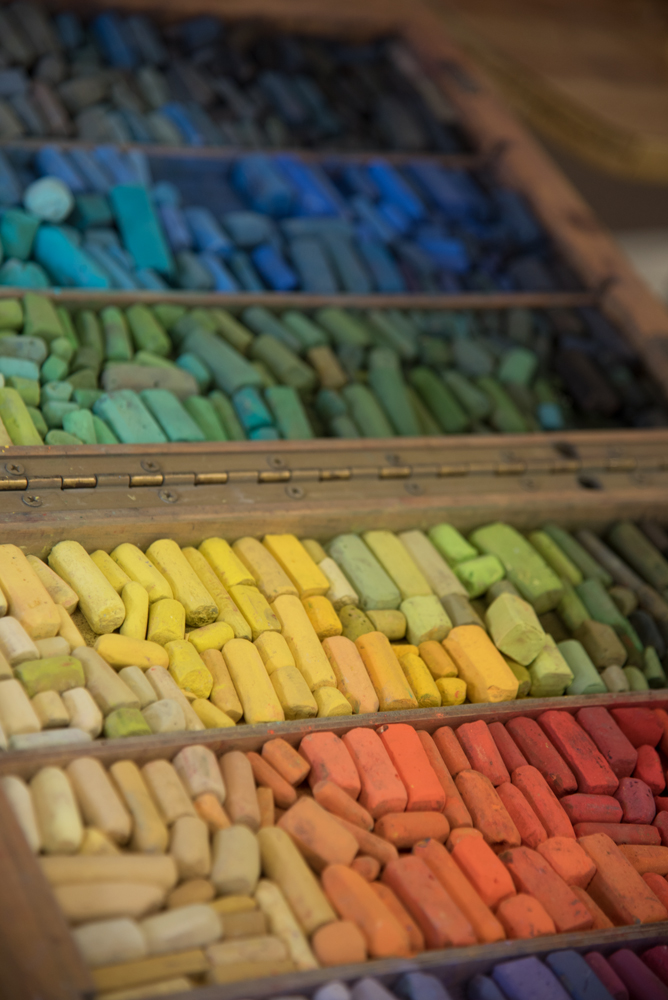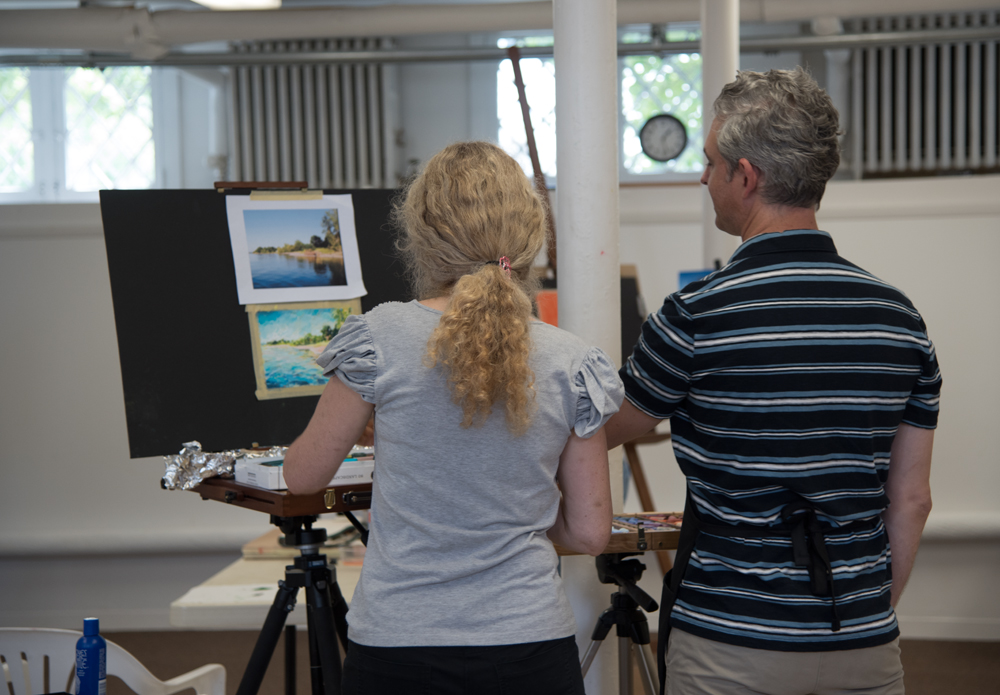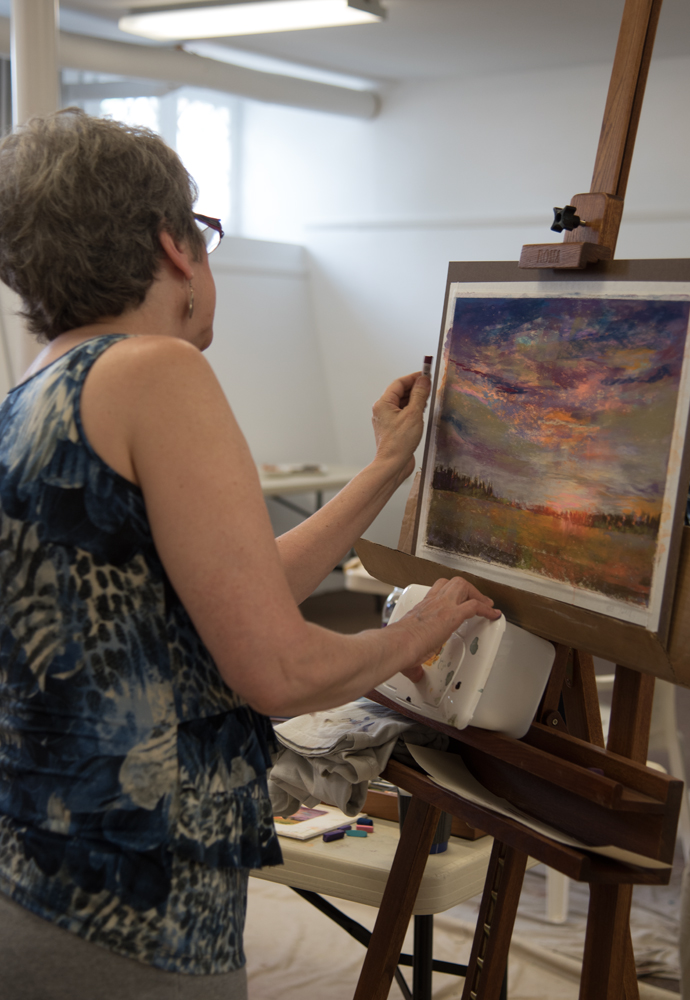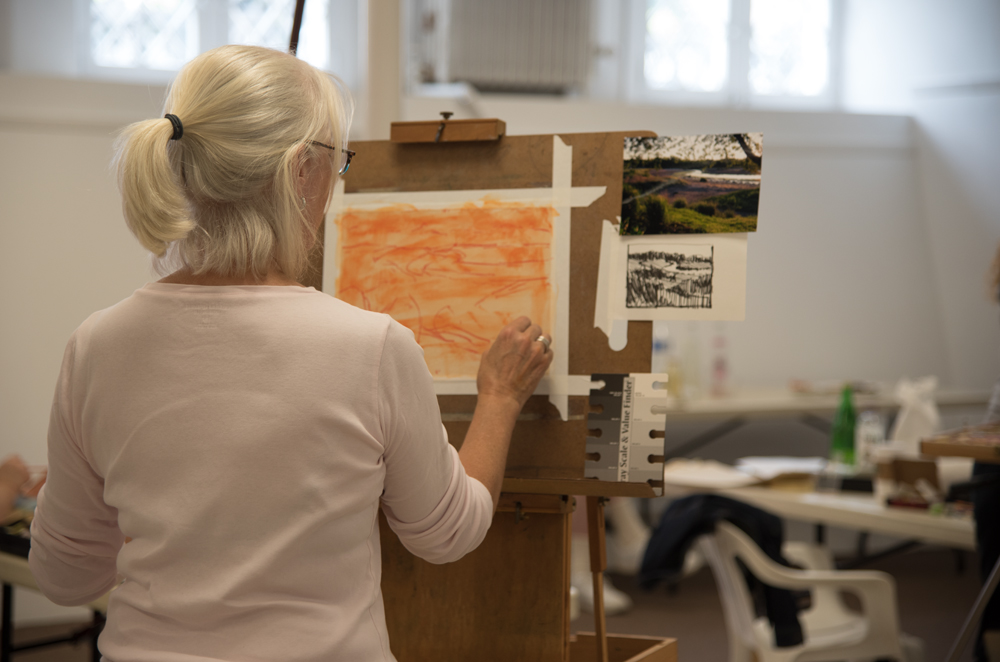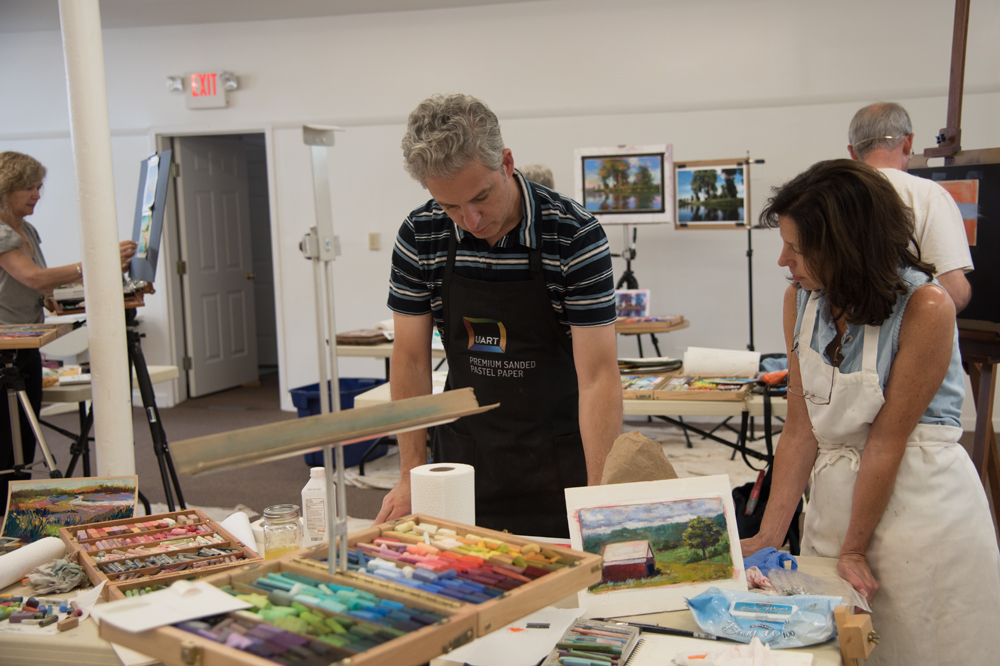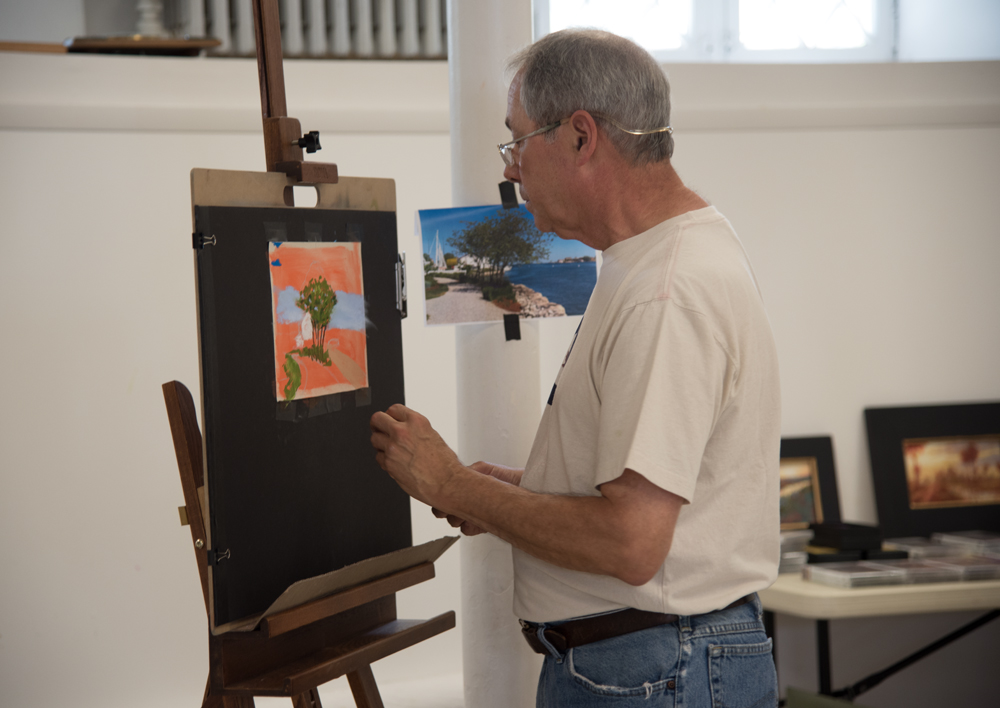Developing A Game Plan
If there was a secret weapon to creating better paintings, would you want to know what it is? What if I told you that great artists for generations have deployed just such a weapon to hit the mark and raise the bar in their work. I really believe it's possible that one critical tool can hold the power to single-handedly elevate your work from average to amazing.
Yet artists are often resistant to putting this tool to work for them. Why? I think one reason is because we think it will slow us down. We want to get to the real business of painting. You know the old adage, fools rush in. We confuse our initial burst of inspiration for preparation, and rush right past this critical stage of development. So, would you like to know what it is?
The secret weapon to better paintings is (drumroll please...) thumbnail sketching.
Thumbnail sketches are quickly executed, small problem-solving exercises that serve three specific goals in the planning of your next painting. These three goals are so important to pursue if you are to correctly deploy this powerful tool and gain maximum results.
Value sketches in charcoal by Georges Seurat
1. SIMPLIFY THE VALUES.
Attempt to simplify the complex scene before you into large masses of dark, middle and light values, arranging them into a pattern of value shapes. If you haven't done this before, try creating a simple tonal key of three values with a pencil, to help you identify and limit your values to just three. This is challenging at first, but very rewarding once you get the hang of it.
Thumbnail sketches by Edward Hopper for the painting, "Nighthawks" reveal simple shapes
2. CLARIFY THE SHAPES.
The natural world before us abounds with subtlety and complexity. Even the reference photographs that we use can have far more subtlety than we need for our paintings. Attempt to reduce the dizzying array of subtlety and detail in your subject down to just five to seven simple shapes, then organize your shapes in an interesting and appealing way to communicate your vision. Become the director of your scene, putting every member of the cast to work for you in achieving your vision. Remember, there should be only one star of the show, so choose your lead wisely!
Thumbnail design with ink pen for "Nighthawks" by Edward Hopper
3. DESIGN THE COMPOSITION.
Sketching small and quickly, experiment with your scene in both vertical and horizontal rectangles, square, and even panoramic to discover which approach will bring your concept to life most effectively. Push past your first impression of what is possible with the composition to explore new approaches. Don't ignore this critical stage, just because you are inspired and want to press forward into the "real thing!" No amount of detail will save a poorly designed painting, so try to get it right from the start. Your investment of even 10 minutes to develop a strong design will improve the resulting work tremendously.
There you have it, the three essential goals of thumbnail sketching. Putting them to work for you is indeed a secret weapon for better paintings.
Would you like to work with me in person alongside a group of motivated and encouraging artists that will spur you forward? Consider joining a workshop near you by reviewing the 2018 Workshop list below.
It would be my honor to help you develop your creative potential this year!





